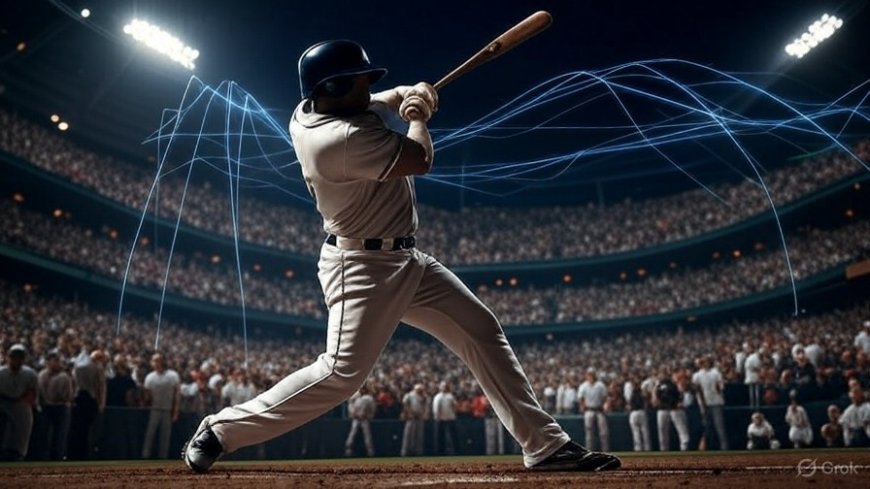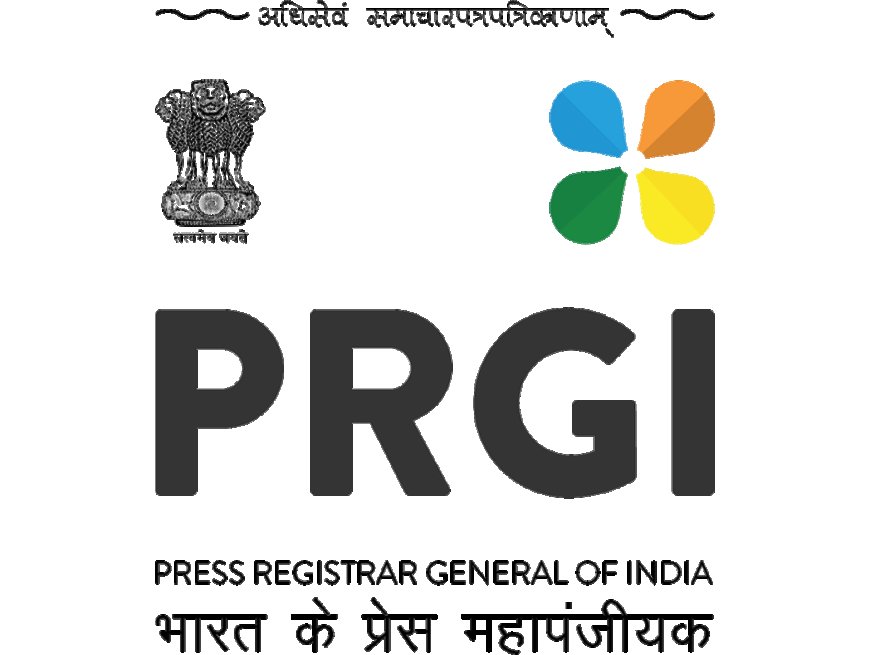Swinging for the Future: How AI Is Transforming Major League Baseball Strategy
AI-powered analytics are revolutionizing MLB, from pitch prediction to player development. Here’s how data-driven strategies are changing America’s pastime.

New York, August 12, 2025 – America’s favorite pastime is getting a technological overhaul. Major League Baseball (MLB) teams are increasingly turning to artificial intelligence (AI) not just to analyze player performance, but to reimagine how the game itself is played. From predicting pitch outcomes to optimizing player positioning in real time, the sport is undergoing a data-driven revolution.
From Gut Instinct to Machine Precision
For more than a century, baseball strategy relied heavily on human intuition — the manager’s “feel” for the game, the veteran scout’s eye for talent. But in the modern era, AI-powered analytics platforms are reshaping these traditions.
Today, clubs are leveraging machine learning models trained on millions of pitches, hits, and defensive plays. These systems can forecast batter tendencies, pitcher fatigue, and even the optimal defensive shifts for specific game situations.
According to Investopedia’s sports analytics report, teams that have fully integrated AI tools into their decision-making processes have shown measurable improvements in win percentages and player efficiency ratings.
Real-Time Data in the Dugout
One of the most significant breakthroughs in baseball’s AI adoption is in-game, real-time analysis. Sensors embedded in stadiums capture detailed tracking data — from pitch velocity and spin rate to the launch angle of a hit ball — and instantly feed it into AI models.
Managers now receive actionable insights mid-game: Should a pitcher face one more batter? Should the infield shift two steps to the right? Should the bullpen warm up earlier than planned?
This information is presented not as raw numbers, but as probability-based recommendations, allowing managers to weigh AI guidance against their own experience.
AI in Player Development
The rise of AI in baseball is not confined to game day. Player development programs are becoming laboratories of data. Motion capture systems, wearable sensors, and high-speed cameras feed data into AI tools that identify even minor inefficiencies in a player’s swing or throwing mechanics.
A young pitcher, for instance, might learn that his arm angle is subtly changing after the 80th pitch — something a human coach might not detect until it affects performance. With AI, adjustments can be made immediately, reducing injury risk and improving consistency.
The impact on scouting has been equally profound. AI systems can analyze thousands of amateur player videos, combine them with statistical profiles, and produce shortlists for team scouts to evaluate in person — a process that once took weeks, now completed in hours.
Shifting Fan Experience
Interestingly, this data-driven transformation is extending beyond the players and coaches. MLB is exploring AI-powered tools for fans — real-time predictive graphics during broadcasts, interactive in-stadium experiences, and personalized stat breakdowns on mobile devices.
Sports technology companies are working on platforms that will allow fans to predict play outcomes alongside AI models, turning passive viewing into an interactive game. According to Reuters, the league believes this kind of engagement could attract younger audiences who are more accustomed to data-rich, interactive content.
Balancing Data and Tradition
Critics worry that the rise of AI in baseball risks diluting the human artistry of the sport. The strategic hunches, psychological plays, and manager-player relationships that define baseball’s history could be overshadowed by algorithmic decision-making.
However, proponents argue that AI is not replacing human judgment, but enhancing it. Managers still make the final calls — they simply have better information at their disposal. The most successful teams are finding ways to blend the art of the game with the science of data.
The Next Inning of AI in Baseball
Looking ahead, industry experts expect AI to become even more predictive, incorporating biometric data such as heart rate, muscle fatigue, and stress indicators into strategic decisions. Wearable tech could allow coaches to monitor a player’s physical condition in real time and adjust workloads to maximize performance while reducing injury risk.
This future will also bring new ethical and regulatory questions. How much personal data should teams be allowed to collect? Could AI models inadvertently disadvantage certain players by reinforcing statistical biases?
For now, though, one thing is clear — the MLB’s embrace of AI has begun to rewrite the playbook, changing not just how the game is played, but how it’s experienced.











